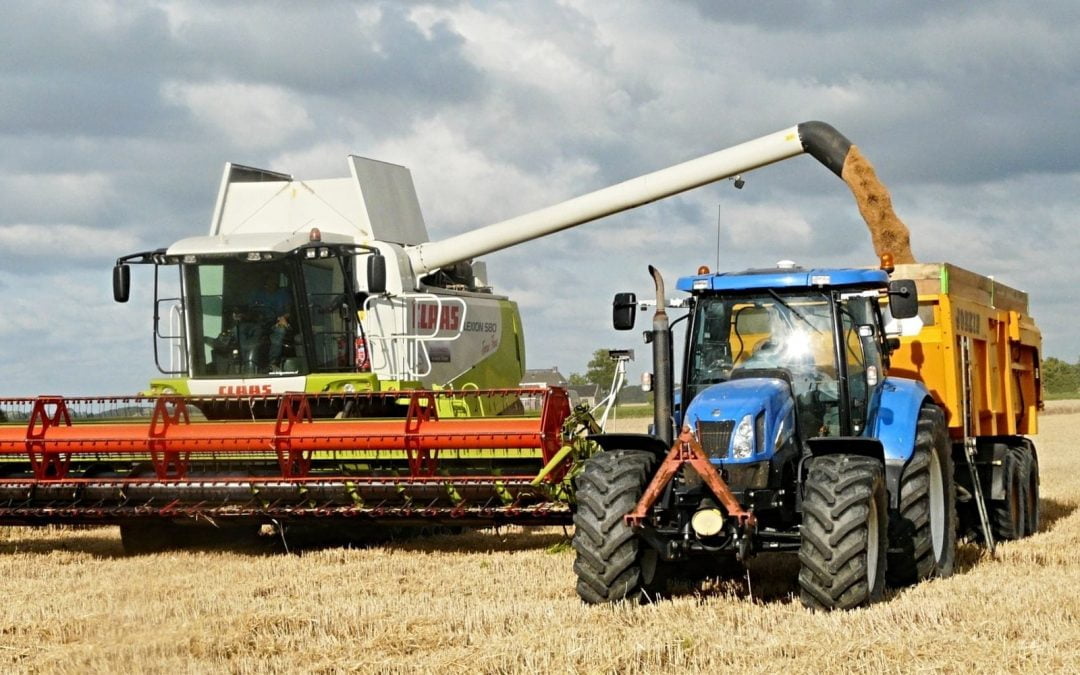The rate of employment is lower and the poverty rate is higher in non-metro, or rural, portions of the United States compared to metro areas, according to a U.S. Department of Agriculture (USDA) report published in November.
Analyzing data from 2010 to 2018, the report found that personal income per person, or per capita income, increased more in metro than non-metro areas, and that per capita income actually declined from 2015 to 2017 in more rural parts of the country.
As of 2017, per capita income was around $54,000 in metro areas and under $40,000 in non-metro areas, with metro area per capita income increasing by 13.5% from 2010 to 2017, compared to 9.7% growth for non-metro areas – an indication that such disparities might increase in the years ahead.
“Part of the reason for this was the decline in farm income and mining income during the latter part of the study period since these industries are more prominent in more rural and remote counties,” the report said. “Real [personal income per person] declined in farming-dependent non-metro counties after 2013, and in mining-dependent non-metro counties after 2014.”
While other business sectors in the non-metro U.S. have either been stagnant or seen modest growth, mining and farming have experienced an overall decline since 2014.
A mid-November editorial by EthicsDaily.com executive director Mitch Randall highlighted the plight of farmers across the U.S., citing reports about the more than $400 billion in debt held by the nation’s farmers and a significant rise in calls to suicide hotlines by farmers.
While poverty rates are declining in all areas of the country, rural areas continue to have the highest rates.
Completely rural, nonadjacent areas had the highest poverty rates in 2017 at around 17.5%, followed by completely rural, adjacent areas with a rate of around 16.8%.
USDA uses rural-urban continuum codes, detailed here, to delineate metro and non-metro areas.
According to these codes, a “non-metro county is defined as adjacent if it physically adjoins one or more metro areas and has at least 2% of its employed labor force commuting to central metro counties. Non-metro counties that do not meet these criteria are classed as nonadjacent.”
The USDA reports that in 2017 the overall poverty rate in non-metro areas was 16.4%, compared to 12.9% for metro areas.
The full report is available here.


